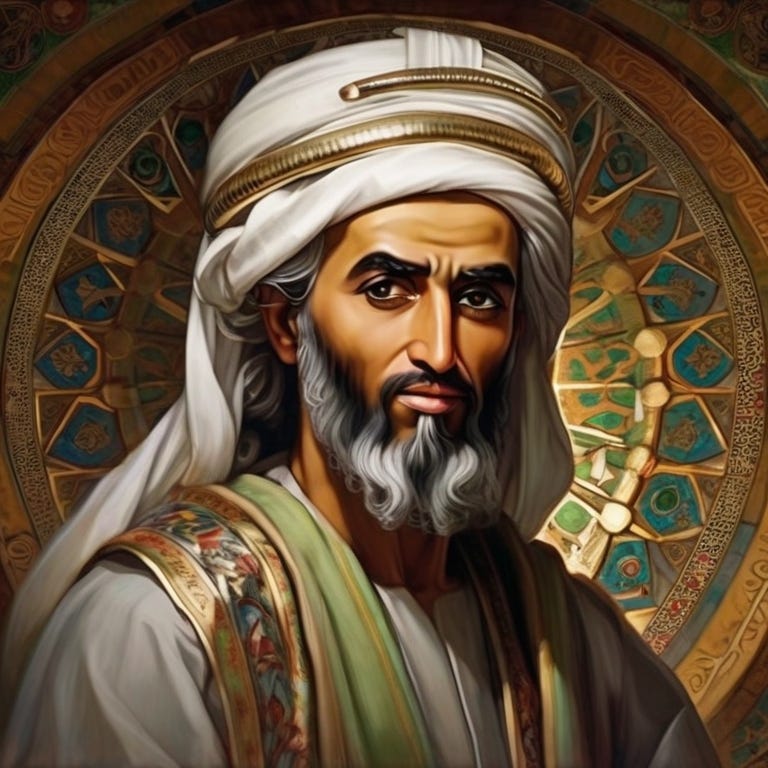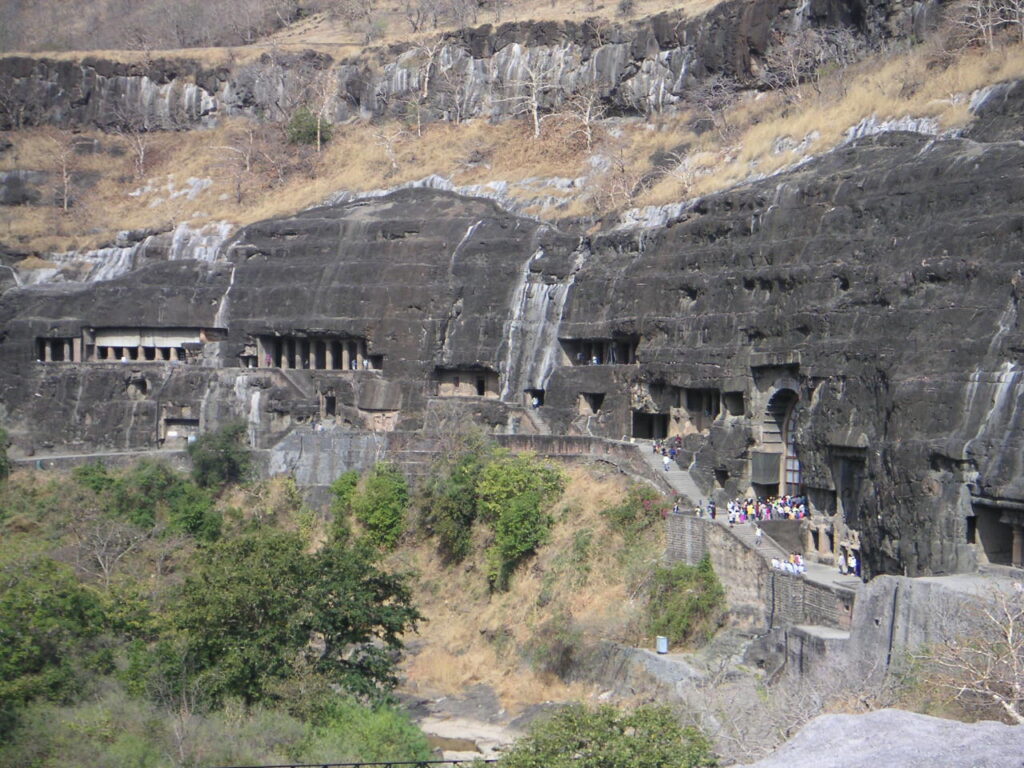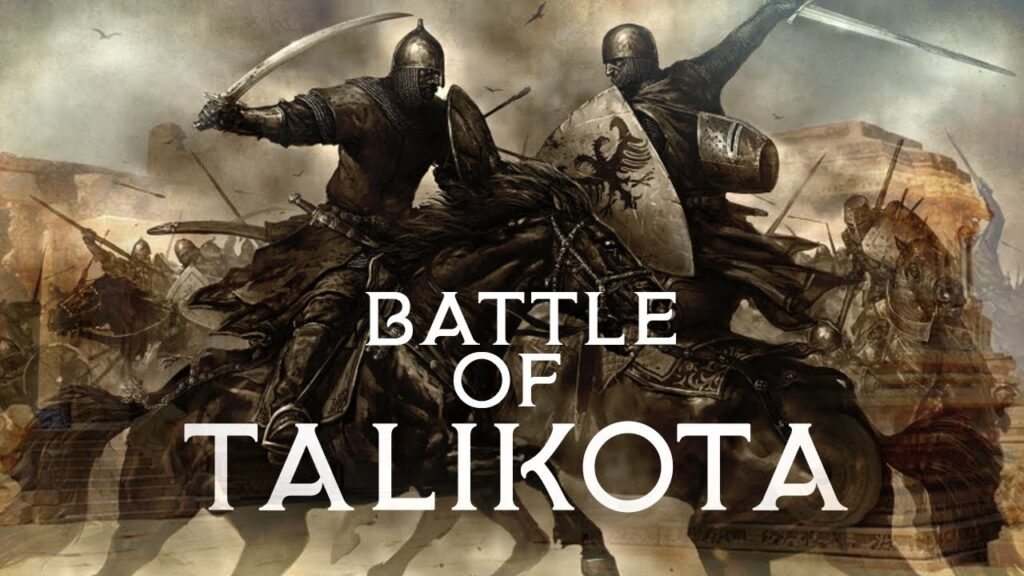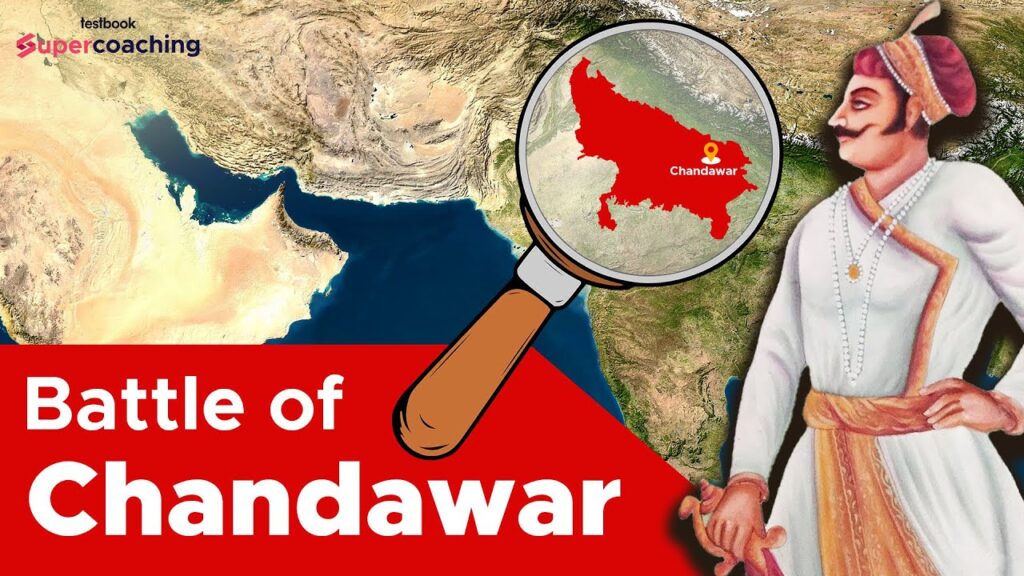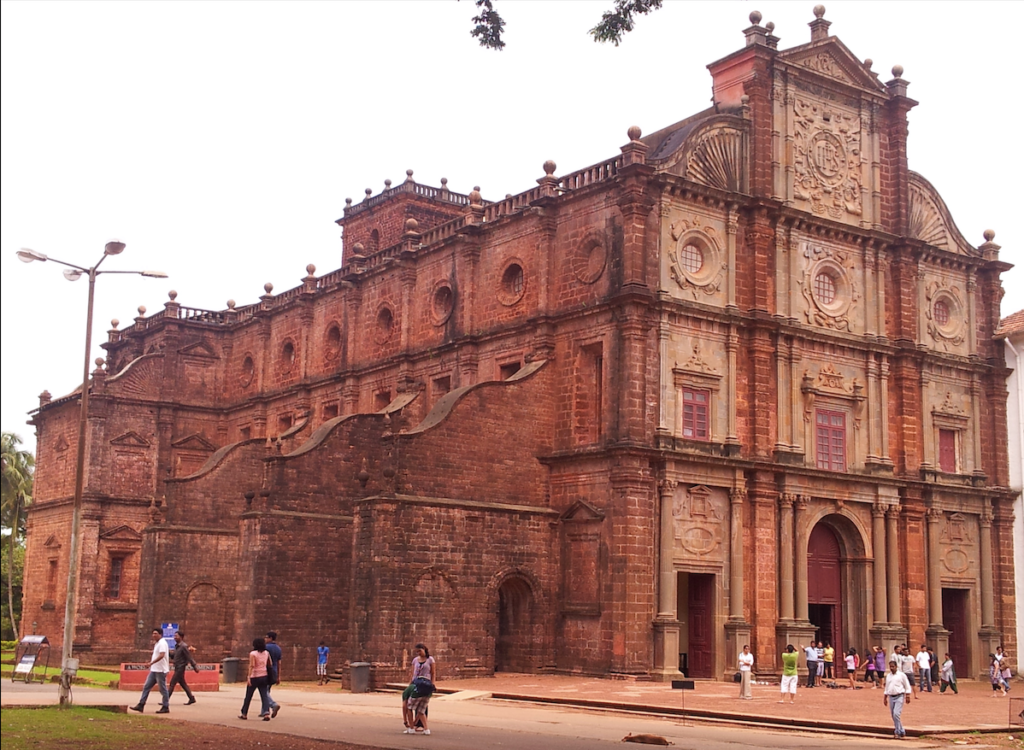Introduction:
Muhammad, revered by Muslims as the final prophet of Islam, holds a central place in the hearts and minds of over a billion believers worldwide. His life and teachings have profoundly shaped the course of history, influencing religion, culture, politics, and society across the globe. This essay explores the life, legacy, and impact of Muhammad, known to Muslims as the Messenger of God (Rasul Allah) and the Seal of the Prophets (Khatam an-Nabiyyin).
Early Life and Revelation:
Muhammad was born around the year 570 CE in Mecca, a bustling trading center in the Arabian Peninsula. Orphaned at an early age, he was raised by his grandfather and later by his uncle. Despite his humble beginnings, Muhammad earned a reputation for honesty, integrity, and wisdom, gaining the epithet “al-Amin,” meaning “the trustworthy.”
At the age of 40, Muhammad received his first revelation from the Angel Gabriel while meditating in a cave on Mount Hira outside Mecca. The angel commanded him to “Read!” or “Recite!” (iqra’), and Muhammad, though initially startled, eventually accepted his role as a prophet and messenger of God.
Over the next 23 years, Muhammad received divine revelations, which were later compiled into the Quran, the holy book of Islam. These revelations covered a wide range of topics, including monotheism, morality, social justice, and the afterlife, providing guidance for believers in all aspects of life.
The Quranic message emphasized the oneness of God (Tawhid), the importance of compassion and mercy, and the accountability of individuals for their actions. Muhammad also preached social justice, advocating for the rights of the poor, the marginalized, and the oppressed in Meccan society.
Prophethood and Opposition:
Muhammad’s message of monotheism and social reform encountered fierce opposition from the pagan tribes of Mecca, who viewed his teachings as a threat to their religious and economic interests. The Quraysh, the dominant tribe in Mecca, subjected Muhammad and his followers to persecution, harassment, and economic sanctions in an attempt to suppress the spread of Islam.
Despite the hardships and adversity, Muhammad remained steadfast in his mission, enduring personal sacrifices and trials for the sake of his faith. He continued to preach the message of Islam, gradually gaining followers and supporters among the marginalized and disenfranchised members of Meccan society.
Migration to Medina:
In 622 CE, facing increasing persecution in Mecca, Muhammad and his followers undertook a momentous journey known as the Hijra, or migration, to the city of Yathrib, later renamed Medina. The Hijra marked the beginning of the Islamic calendar and signaled a new chapter in the history of Islam.
In Medina, Muhammad found a welcoming and supportive community among the Ansar, or “helpers,” who embraced Islam and offered refuge to the persecuted Muslims from Mecca. Muhammad established a compact, or constitution, known as the Constitution of Medina, which laid the foundation for a pluralistic and inclusive society based on justice, equality, and mutual cooperation.
Medina Period and Consolidation of Power:
The years in Medina were a period of significant growth and consolidation for the Muslim community. Muhammad served not only as a religious leader but also as a statesman, lawmaker, and military commander, guiding the affairs of the burgeoning Islamic state.
Under Muhammad’s leadership, the Muslims engaged in a series of defensive battles against their adversaries, including the Meccan Quraysh and other hostile tribes. Despite being outnumbered and outgunned, the Muslims achieved several decisive victories, consolidating their position and establishing Islam as a formidable force in the Arabian Peninsula.
The Treaty of Hudaybiyyah:
One of the pivotal events of Muhammad’s life was the Treaty of Hudaybiyyah, a peace agreement signed between the Muslims and the Quraysh in 628 CE. The treaty, though initially perceived as a setback by some of Muhammad’s companions, ultimately paved the way for the peaceful conquest of Mecca two years later.
The treaty allowed for a temporary cessation of hostilities between the Muslims and the Quraysh, enabling Muhammad and his followers to perform the lesser pilgrimage (Umrah) to the Kaaba in Mecca. It also facilitated diplomatic and trade relations between the two parties, laying the groundwork for future reconciliation and cooperation.
Conquest of Mecca:
In 630 CE, Muhammad and his followers marched triumphantly into Mecca, fulfilling a prophecy and a lifelong dream of returning to his birthplace. Despite the city’s staunch resistance in the past, Muhammad chose to enter Mecca peacefully, demonstrating mercy and forgiveness towards his former adversaries.
The conquest of Mecca marked the culmination of Muhammad’s mission and the triumph of Islam over paganism in the Arabian Peninsula. Muhammad cleansed the Kaaba of its idols and established Islam as the dominant faith in Mecca, signaling the beginning of a new era for the city and its inhabitants.
The Farewell Pilgrimage and Death:
In the final years of his life, Muhammad continued to preach the message of Islam and provide guidance to his followers. In 632 CE, he undertook his farewell pilgrimage (Hajj), delivering a historic sermon at Mount Arafat in which he reiterated the principles of equality, justice, and brotherhood among Muslims.
Shortly after returning to Medina, Muhammad fell ill and passed away on June 8, 632 CE, at the age of 63. His death, known as the “Farewell Sermon” (Khutbat al-Wada’), marked the end of an era and left a profound void in the hearts of his companions and followers.
Legacy and Impact:
Muhammad’s death did not mark the end of his legacy but rather the beginning of a new chapter in the history of Islam. His teachings and example continued to inspire generations of Muslims, shaping the development of Islamic theology, law, ethics, and spirituality.
Muhammad’s legacy extends far beyond the realm of religion, encompassing his role as a social reformer, peacemaker, and champion of human rights. His emphasis on justice, compassion, and mercy laid the groundwork for a just and equitable society based on the principles of equality and fairness.
Throughout history, Muhammad has been revered as a model of exemplary conduct (uswa hasana) and a paragon of virtue for Muslims around the world. His life and teachings continue to serve as a source of guidance, inspiration, and solace for believers facing the challenges of the modern world.
Conclusion:
Muhammad, the Prophet of Islam, stands as a towering figure in the annals of human history, revered by Muslims as the embodiment of divine guidance and mercy. His life, characterized by humility, compassion, and unwavering faith, serves as a beacon of light for people of all faiths and backgrounds.
As we reflect on the legacy of Muhammad, let us remember his timeless message of peace, justice, and compassion, and strive to emulate his example in our lives. In an age of division and discord, Muhammad’s teachings offer a path to unity, harmony, and mutual respect, bridging the gap between cultures, religions, and civilizations. May his memory endure as a source of inspiration and enlightenment for generations to come.

